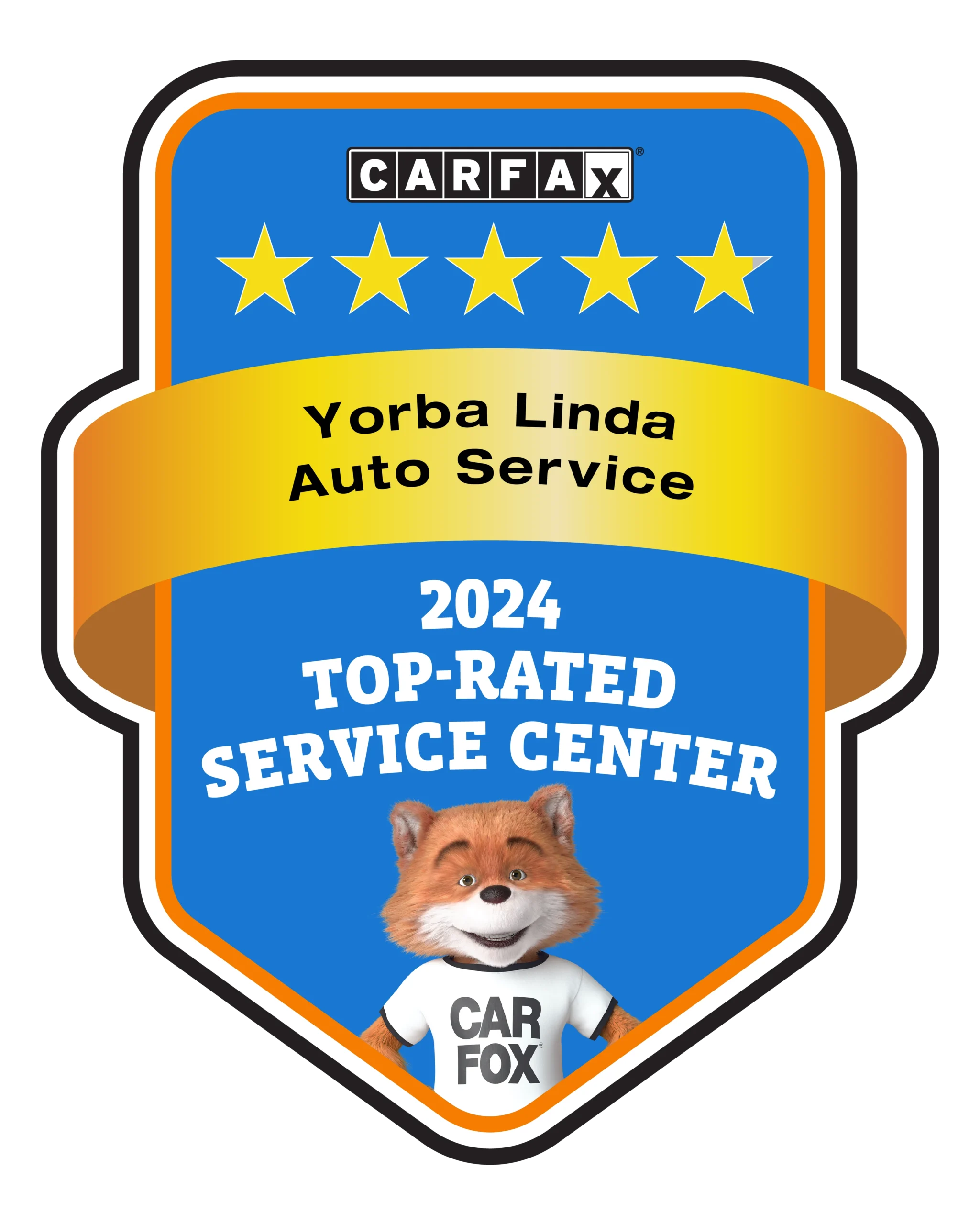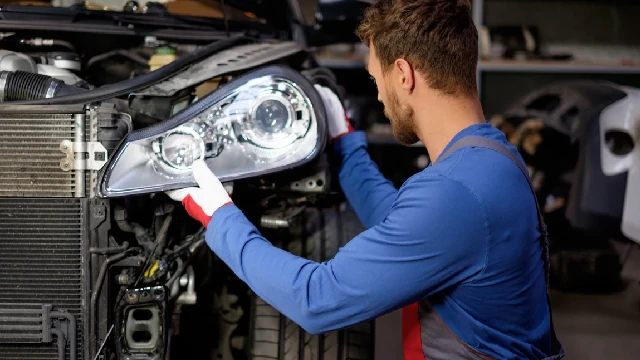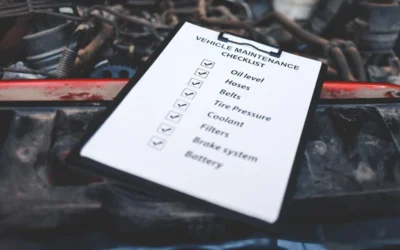Driving at night comes with unique challenges, and one of the most important safety factors is your vehicle’s lighting system. Properly functioning headlights, brake lights, and turn signals help you see the road ahead and ensure that other drivers see you. A poorly lit vehicle can increase the risk of accidents, reduce reaction times, and make nighttime driving more stressful. Regularly inspecting your vehicle’s lights can help prevent visibility issues and ensure your safety on the road. In this guide, we’ll walk through an essential lighting checklist so you can drive confidently at night. If you notice any issues, Yorba Linda Auto Service is here to help with expert lighting inspections and repairs.
Essential Lighting Checklist for Safe Night Driving
1. Headlights
Headlights are your primary source of visibility when driving at night. If they are dim, misaligned, or not functioning properly, your ability to see and be seen is compromised.
- Check that both high and low beams are working correctly
- Ensure the headlights are properly aimed to avoid blinding other drivers
- Clean headlight lenses to remove dirt and fogging that can reduce brightness
- Replace burnt-out or dim bulbs with the correct type for your vehicle
If your headlights seem weak, consider upgrading to brighter bulbs or LED options for better visibility.
2. Brake Lights
Your brake lights signal to drivers behind you when you’re slowing down or stopping. If one or both brake lights are out, it can create a dangerous situation, especially in heavy traffic.
- Test brake lights by having someone stand behind your vehicle while you press the brake pedal
- Ensure all brake lights, including the center high-mounted stop light, are functioning
- Replace dim or flickering bulbs immediately
3. Turn Signals and Hazard Lights
Turn signals help communicate lane changes, turns, and emergency stops to other drivers. Malfunctioning turn signals can lead to accidents, especially at intersections or on highways.
- Check that both front and rear turn signals blink correctly
- Test hazard lights to ensure they function in case of roadside emergencies
- Replace any bulbs that blink too quickly or not at all
If your turn signals are blinking faster than usual, it may indicate a failing bulb or electrical issue that needs attention.
4. Taillights and Running Lights
Your taillights help vehicles behind you see your car at night, in fog, or during poor weather conditions. Running lights, including daytime running lights (DRLs), ensure that your car remains visible at all times.
- Check taillights by turning on your headlights and walking around your vehicle
- Ensure running lights automatically turn on if your vehicle is equipped with DRLs
- Replace bulbs that appear too dim or have a reddish tint
5. Interior and Dashboard Lights
A well-lit dashboard helps you monitor your speed, fuel level, and warning indicators without distraction. If your dashboard lights are flickering or too dim, it may indicate an electrical issue.
- Adjust dashboard brightness settings for clear visibility
- Replace any burnt-out instrument panel bulbs
- Check that interior cabin lights work for added safety when entering or exiting the vehicle at night
6. Fog Lights
Fog lights are designed to improve visibility in foggy, rainy, or snowy conditions by cutting through glare and illuminating the road directly in front of your car. While not necessary for every vehicle, they can be useful in low-visibility situations.
- Test fog lights before driving in poor weather conditions
- Clean fog light lenses to remove dirt buildup
- Ensure fog lights are aimed correctly to avoid blinding other drivers
7. License Plate and Reverse Lights
License plate lights keep your vehicle compliant with road laws, while reverse lights help other drivers and pedestrians see when you’re backing up.
- Check that your license plate light is bright and clearly illuminates your plate
- Test reverse lights by putting the car in reverse (with the brake engaged) to ensure they activate
How Often Should You Check Your Lights?
A quick lighting check should be part of your routine vehicle maintenance. Inspecting your lights every few weeks and before long road trips can help prevent unexpected issues. If you notice dimming, flickering, or complete failure of any lights, it’s best to have them inspected by a professional.
Keep Your Lights Bright with Yorba Linda Auto Service
A well-functioning lighting system is essential for safe night driving. If any of your vehicle’s lights are dim, flickering, or not working, Yorba Linda Auto Service is here to help. Our team can diagnose electrical issues, replace bulbs, and ensure your lights are working properly for maximum visibility. Schedule your lighting inspection today at yorbalindaautoservice.com.











